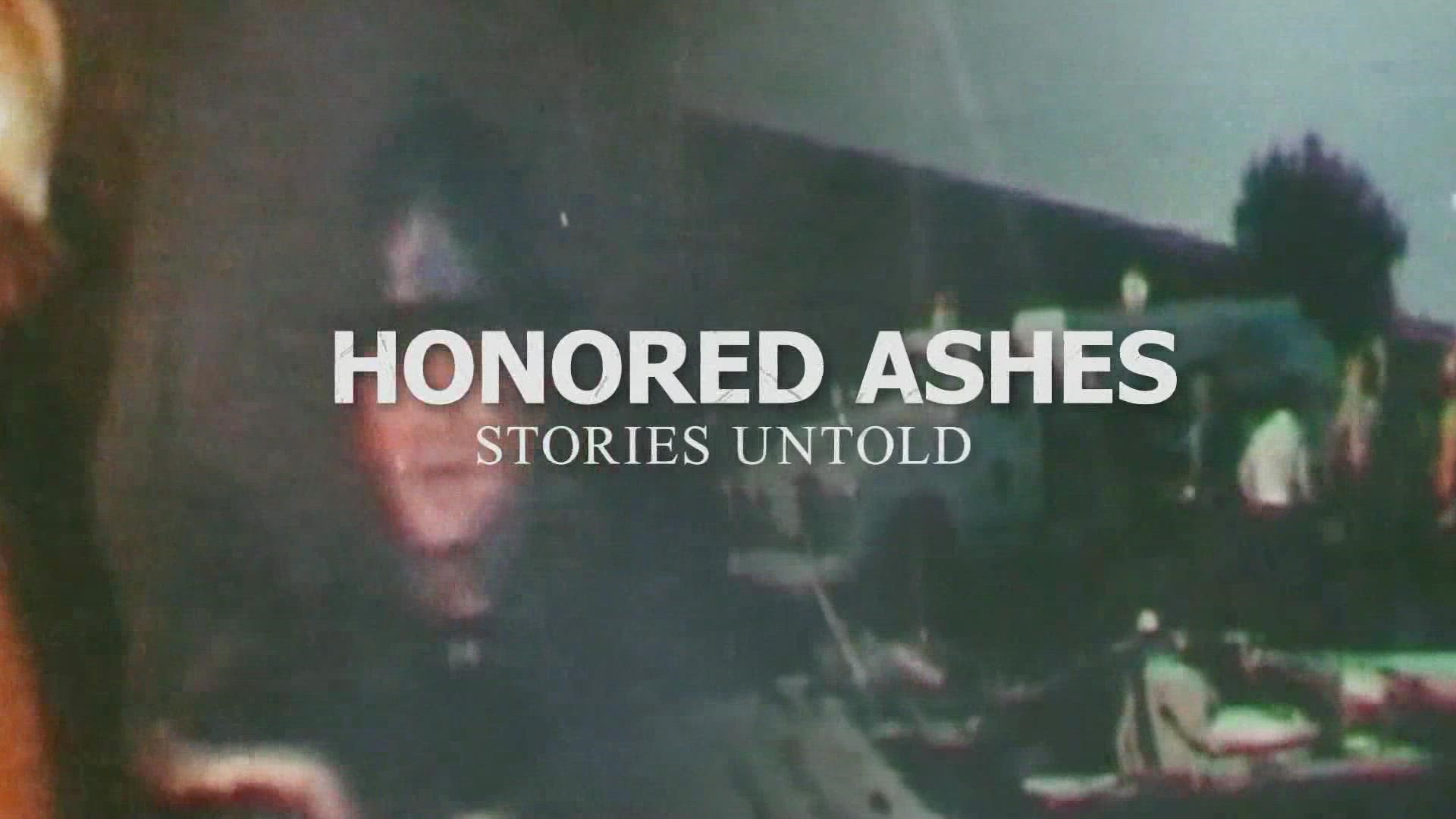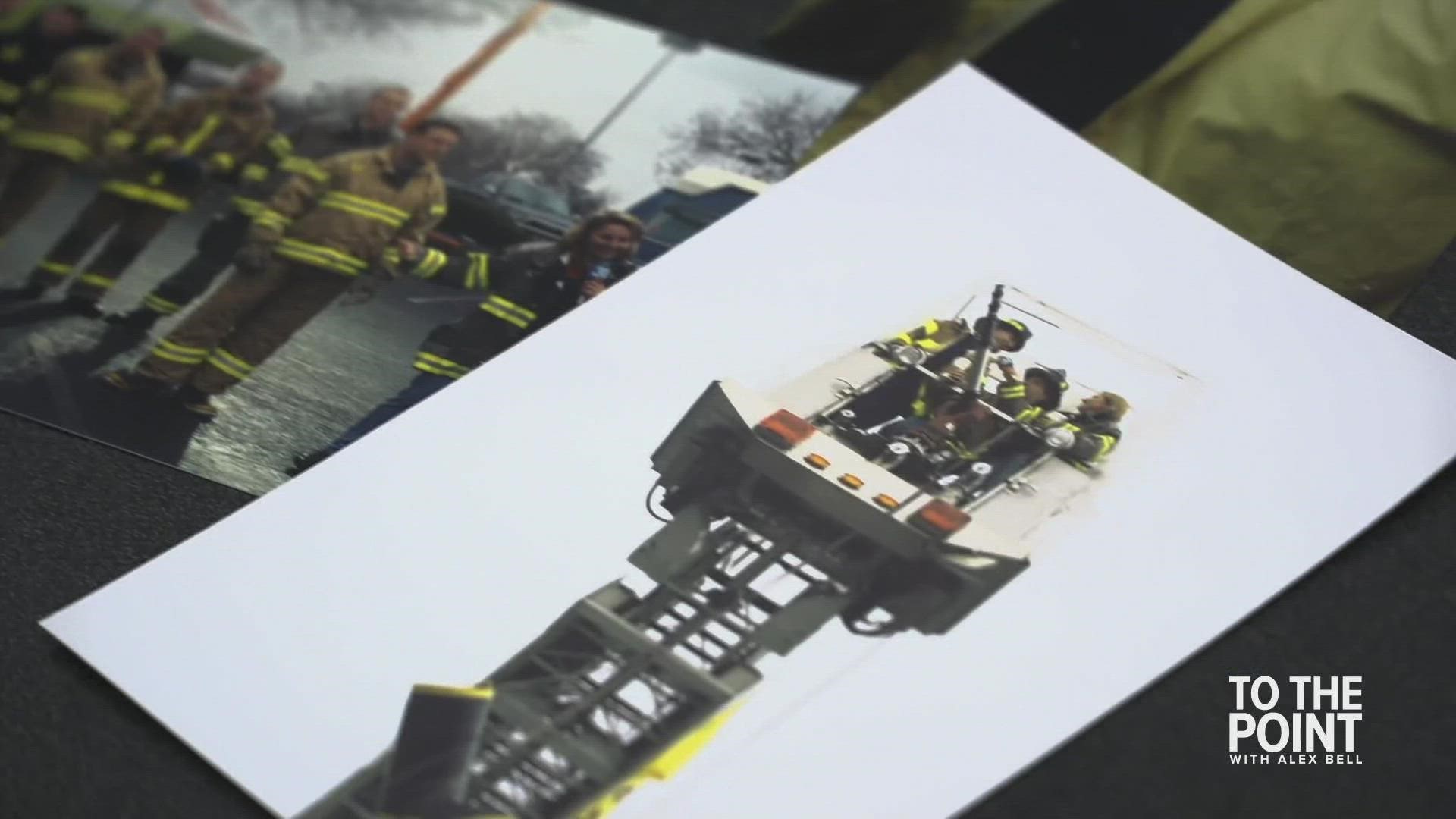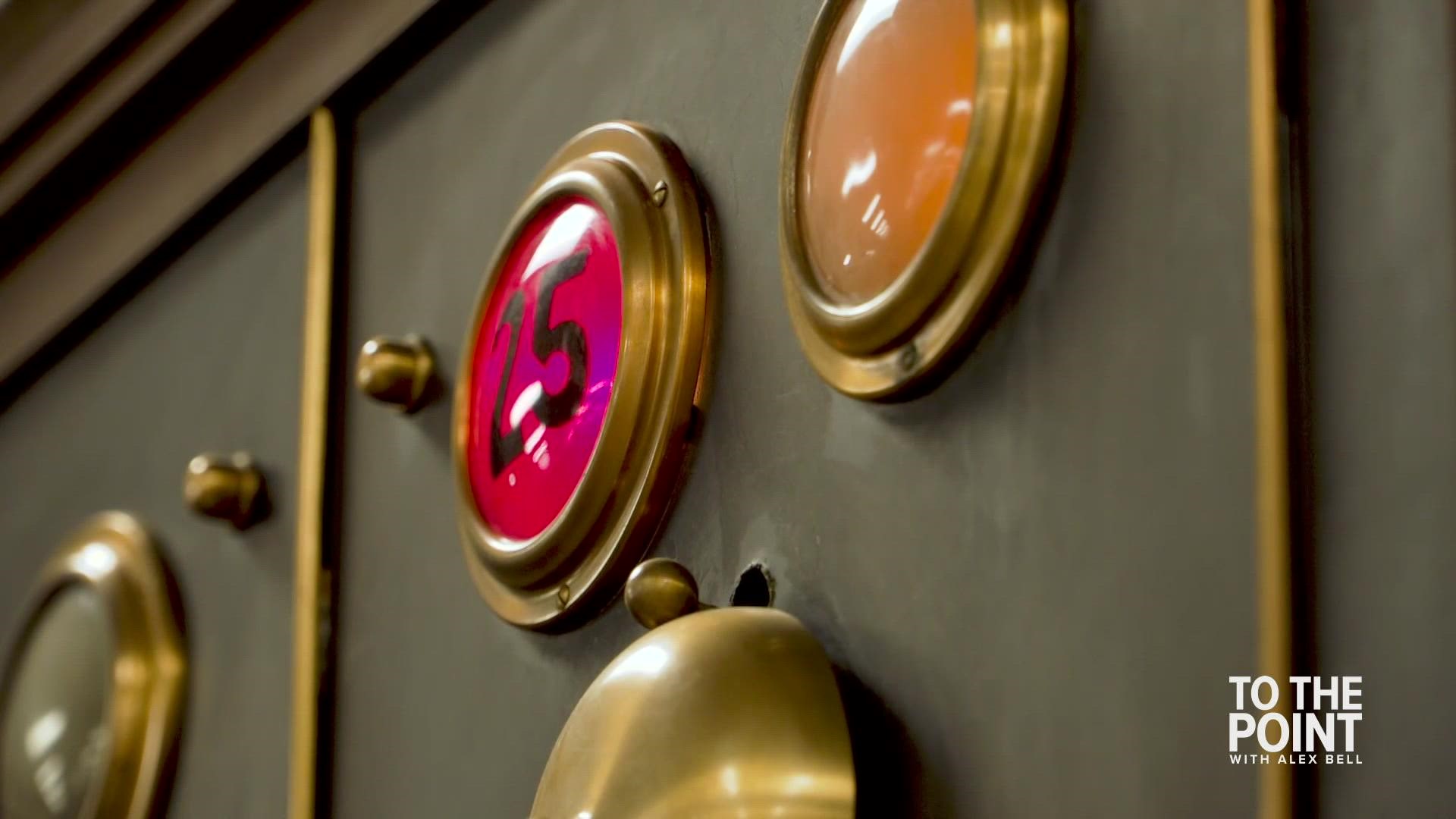HONORED ASHES, STORIES UNTOLD: Sacramento's deadliest plane crash
A plane crash killed 22 people at a Sacramento ice cream parlor 50 years ago. First responders share their stories with ABC10 for the first time.
Associated Press
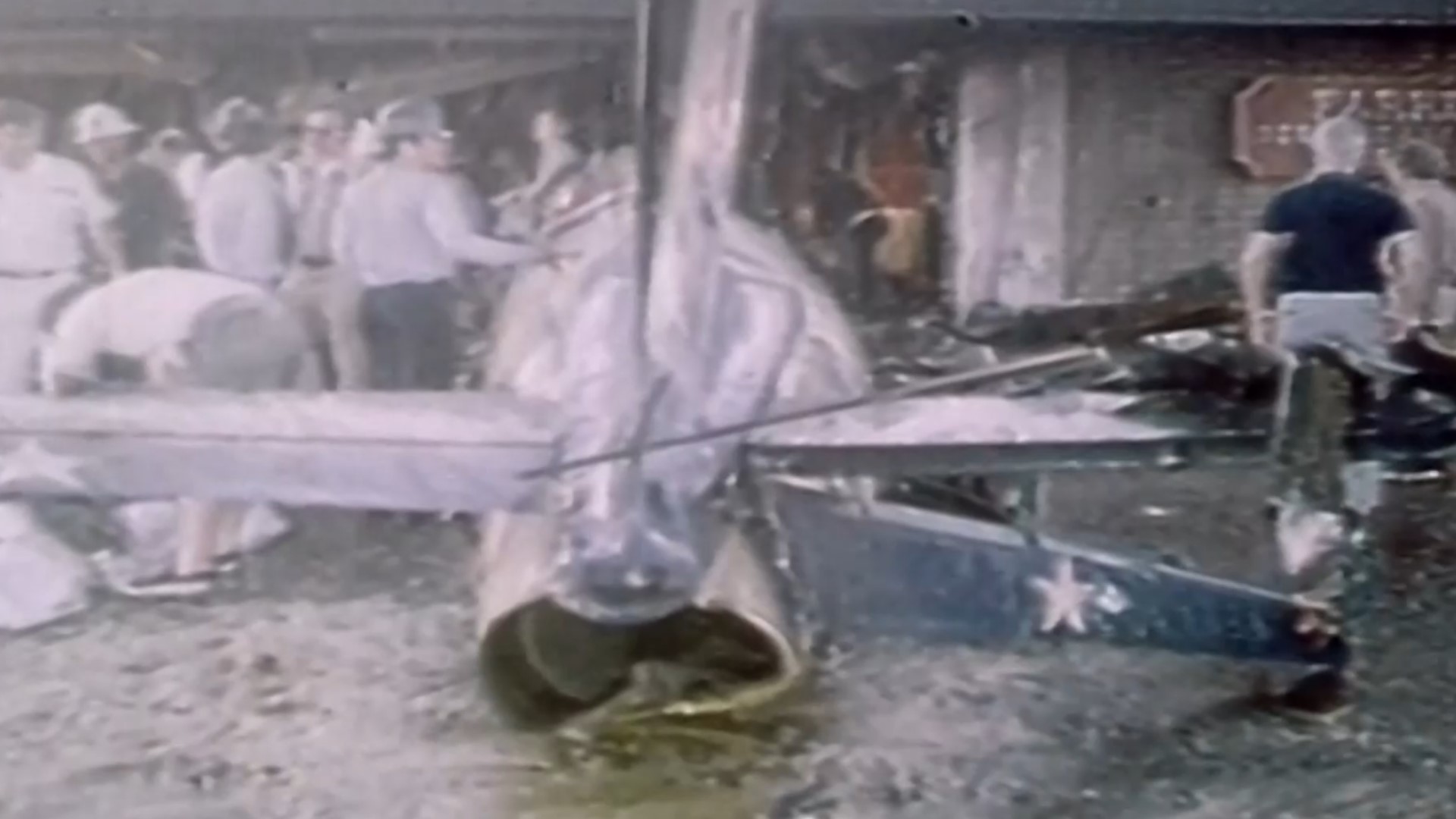
Watch the full episode:
50 years ago tragedy struck in Sacramento. The city was forever changed when a plane crashed through an ice cream parlor killing 22 people.
ABC10's To The Point team sat down with four first responders who were all there that day. Each with a different experience but one shared mission. Their stories have gone untold until now.
Below is a series of interviews with Henry Ogg, Val Schiele, Larry Hopkins and Larry Schluer.

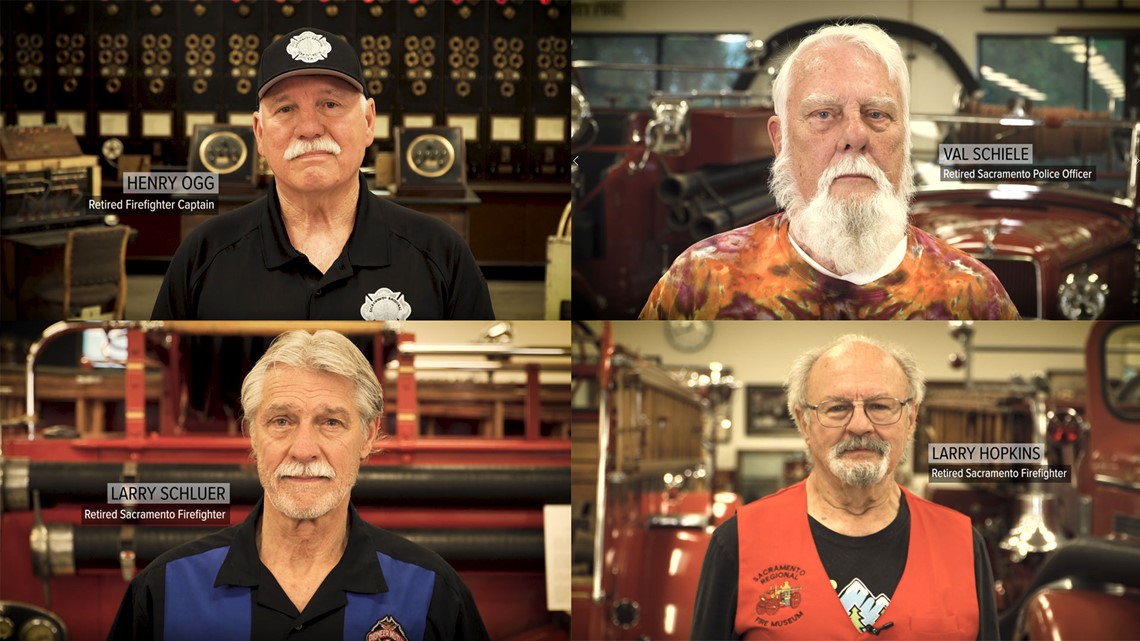
Chapter 1 The Crash
September 24, 1972, an aviation show at Sacramento Executive Airport took flight.
"In roll call, we had been advised that there was going to be an air show that was in the area that I was going to be working that particular day," said Val Schiele a now retired police officer with the city of Sacramento.
He remembers an F-86 jet attempted to take off from runway 30 at the airport, but the aircraft never made it into the air.
"All of a sudden something happened a couple blocks up and you knew it was serious, but didn't know what it was," Schiele said. "...The smoke cloud billowed into the air and I said there's been a terrible disaster here. I was the first responder on scene. If anybody got there before me it would have been split seconds."


Larry Hopkins was a veteran firefighter and happened to be off that day.
"I was coming home from something on that Sunday afternoon," he said. "I saw stuff that wasn't supposed to be happening. There was an ambulance coming from Citrus Heights down Fruitridge Road, and I'm thinking that's not right, there's something really, really wrong. When I got home, I had a fire radio, I turned it on and to find out, oh, there's a plane crash not very far from my house. I went over there. It was, by that time, it was a third-alarm fire."
The privately owned jet ran off the runway, traveling at more than 150 miles per hour. The plane crossed all four lanes of Freeport Boulevard before smashing into three parked cars and colliding with Farrell's Ice Cream Parlour.
Twenty-two people lost their lives that day.
"12 out of the 22 are children and the other 10 fatalities were adults," said Henry Ogg. "But there [were] a lot of injuries."
Ogg was a seasoned firefighter during the time of the crash.
"Just a total shock to arrive on the scene," Ogg said. "The loss of life and injury, devastation, totally unprepared for that."
"There was a whole family that lost their lives," Larry Schluer said.
Schluer was just a cadet beginning his career. He says the LaVine family, nine people including Gene LaVine who was a firefighters for the Sacramento Fire Department, all died that Sunday.
"I had worked with Gene LaVine at our station 10 in Sacramento... I didn't know it at the time that he and his wife and his daughter and all his grandkids were there," said Hopkins. "They were all part of the very first victims."
"We knew we had an immediately serious disaster," said Schiele. "I think I got on the radio and broadcast that we had real trouble. I can't tell you exact words that I used it was 50 years ago, but we had real problems and would need a lot of help."
ABC10 asked Schiele how did the plane end up in the ice cream parlour?
"It was 100% pilot error," he said. "We do know that that's part of the official reports...he tried to take off on a runway that didn't accommodate that plane. Two other victims were a husband and wife. They were driving along Freeport Boulevard when the plane slammed into their car."
Meanwhile, the pilot, Richard Bingham, survived the impact.
"There were several cars on Freeport Boulevard, but unfortunately one of the cars he picked up with the nose of the plane and carried it right into the Farrell's with him," said Schiele.
"So you come up and you see the nose of the plane," Ogg said. "You just see the car completely crumpled in front.
"The car was in the building and that's one of my visions. When I look back, I remember looking in the window and I thought it was burned upholstery, and I realized it was burnt skin. And looking up closer, I realized that the driver was had been, you know, thrown around, just up under the dashboard... I didn't even realize that the second victim was in there, but I did find a battalion chief and said, 'Hey, I think we've got another victim here.'
"If you can imagine, thinking your child might be inside that building that a jet had just come into contact with," said Schluer.
"Fortunately, as you come down that particular runway, there's a berm before you get on a Freeport Boulevard," said Schiele. "There's that berm there because he had two tanks of fuel on that jet. Well, the berm ripped those tanks off...had those tanks been carried into Farrell's there wouldn't have been survivors."
"The building was fully sprinklered," said Hopkins. "There was not a lot of fire damage, it didn't just erupt and burned a roof off, there was the ceiling was still intact. So it was still a closed-up room with this huge big airplane parked in the middle of it."
"Somebody from inside the building threw a chair through the window, which was a good thing because that's how we got the first evacuations. I made several trips inside to evacuate people," said Schiele. "I went in just on my belly because there was a fire in the building. You know, and we didn't have the kind of gear in those days that we have today. We just kind of went in and did what you had to do."
Farrell's never reopened after the crash. In the early 2000s, the city of Sacramento built a memorial at the crash site to honor the victims who died that day.
When the crash happened there wasn't a specialized place in the area for burn treatment. Late Sacramento Fire Captain Cliff Haskell wanted to change that.
The crash left a scar on the city and while scars may never fade Captain Haskell proved they do heal.
Watch chapter one:
Chapter 2 The Firefighters Burn Institute

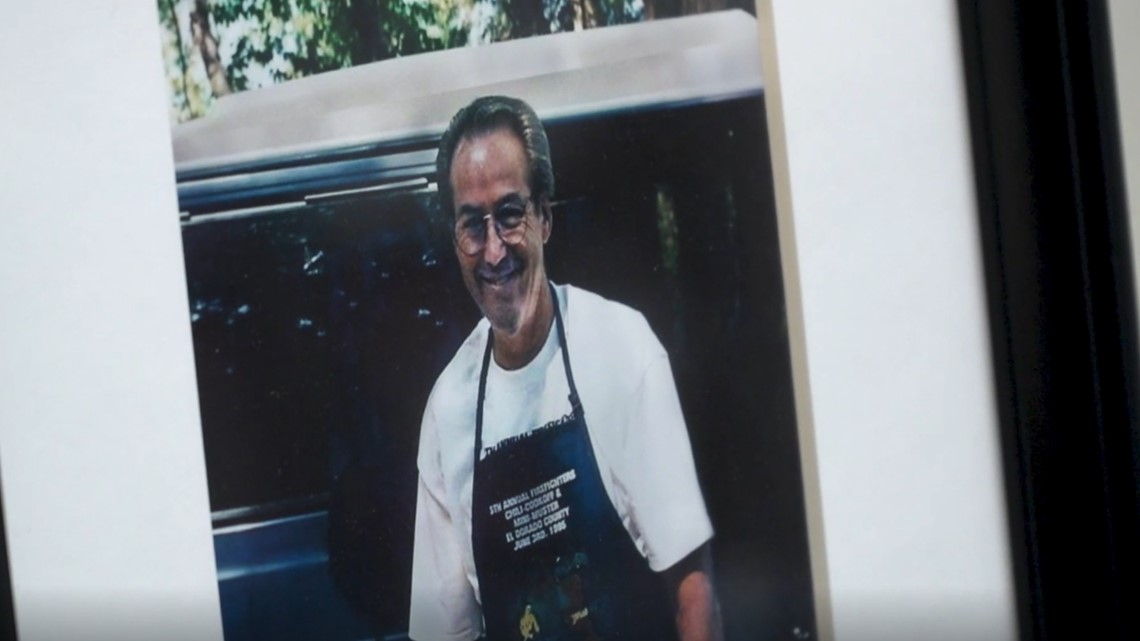
A year after the plane crash, in December 1973, late Sacramento Fire Captain Cliff Haskell created a foundation called the Firefighters Burn Institute.
"Cliff did an excellent job of setting up a payroll deduction system, through the local firefighters Union Local, and probably raised about $125,000 a year, that was just from firefighters wanting to support the burn center, knowing that they on any given day might be a burn survivor themselves that they might get burned, that they might need a burn center, " said Carol Johnston, a retired associate director of the Firefighters Burn Institute.
In 1974, the Firefighters Burn Institute and the University of California Davis Medical Center opened the UC Davis Firefighters Burn Institute Regional Burn Center.
"As firefighters, we got into the prevent and profession to help people," said Joe Pick, executive director of the Firefighters Burn Institute. "Cliff took it to another level when he saw that we did not have that burn care here. He said we could do better and he did and he was a driving force for that."
According to the Firefighters Burn Institute's website, "Over the years, FFBI has expanded its mission to include burn research, public education, fire and burn prevention and burn recovery for survivors and their families, which extends far beyond the firefighting community to any and all burn survivors.”
Cliff's legacy is forever cemented in the Firefighters Burn Institute Regional Burn Center on Stockton Boulevard in Sacramento.
Watch chapter two:
Chapter 3 The Sacramento Regional Fire Museum

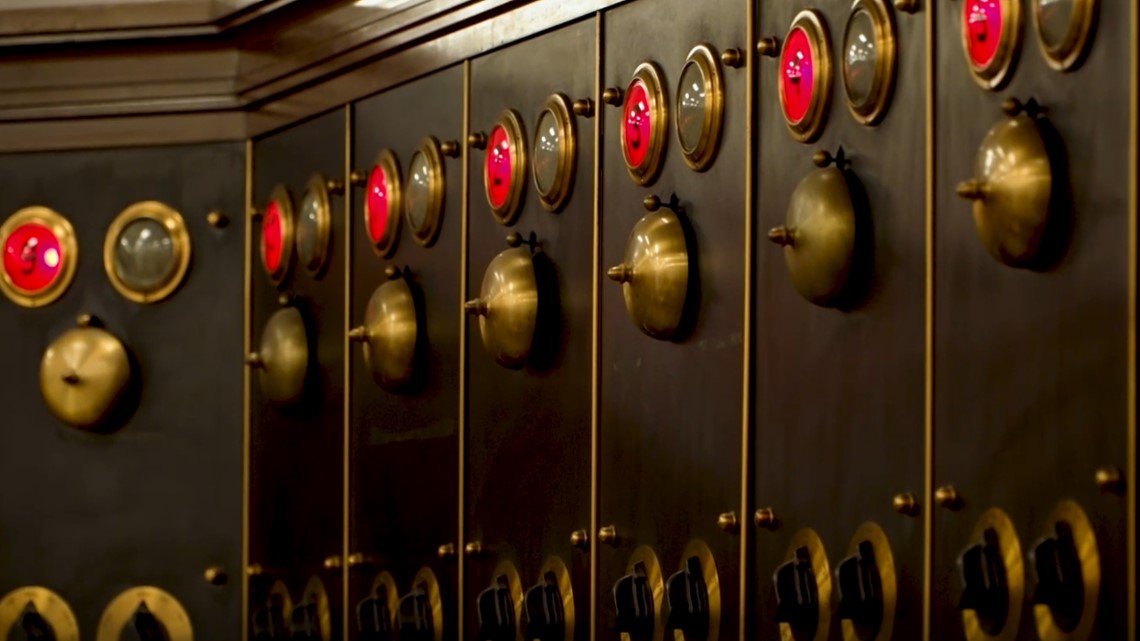
Some retired first responders never stopped working.
They are busy preserving the spirit of service at the Sacramento Regional Fire Museum.
The Sacramento Regional Fire Museum houses the history of local firefighters, past and present.
Firefighting has come a long way and the museum serves as a time capsule to show improvements that have saved countless lives and inspire future generations.
The museum has been acquiring its collection for 30 years.
"I think it's like any other historical item," said Ric Dorris, director of the Sacramento Regional Fire Museum. "It's something that there is a lot of fire service history in this area goes back to the 1840s 1850s and it's very unique."
Dorris showed ABC10 around the museum and highlighted some of the items on display including a look at Sacramento's early fire alarm system that was installed in the 1930s and taken out in the 1990s.
You can learn more about the Sacramento Regional Fire Museum by clicking here.
Watch chapter three:

